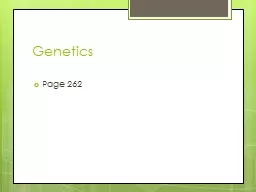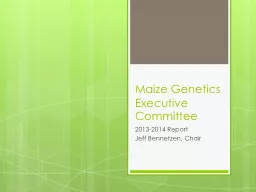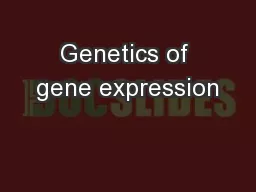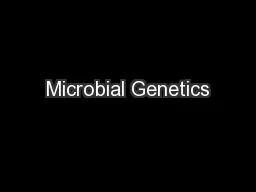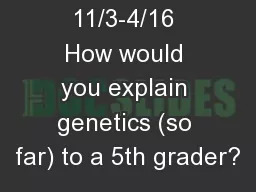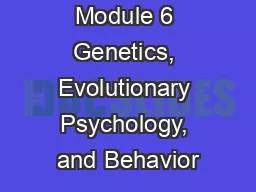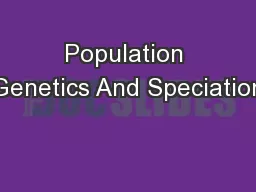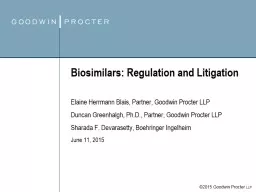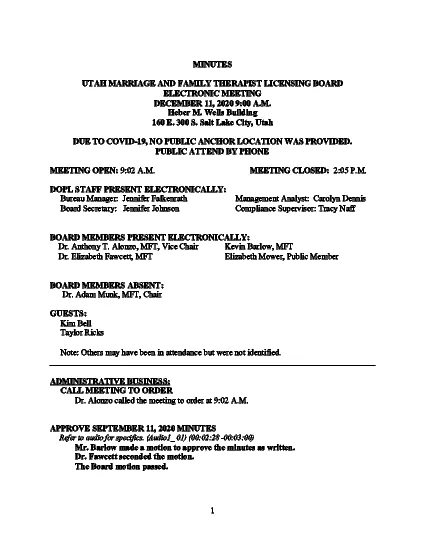PPT-Genetics Page 262 First watch
Author : test | Published Date : 2018-03-15
Crash Course Heredity Or Khanacademy Introduction to Heredity Genetics Every living thing has a set of characteristics inherited from its parents sexual reproduction
Presentation Embed Code
Download Presentation
Download Presentation The PPT/PDF document "Genetics Page 262 First watch" is the property of its rightful owner. Permission is granted to download and print the materials on this website for personal, non-commercial use only, and to display it on your personal computer provided you do not modify the materials and that you retain all copyright notices contained in the materials. By downloading content from our website, you accept the terms of this agreement.
Genetics Page 262 First watch: Transcript
Download Rules Of Document
"Genetics Page 262 First watch"The content belongs to its owner. You may download and print it for personal use, without modification, and keep all copyright notices. By downloading, you agree to these terms.
Related Documents

